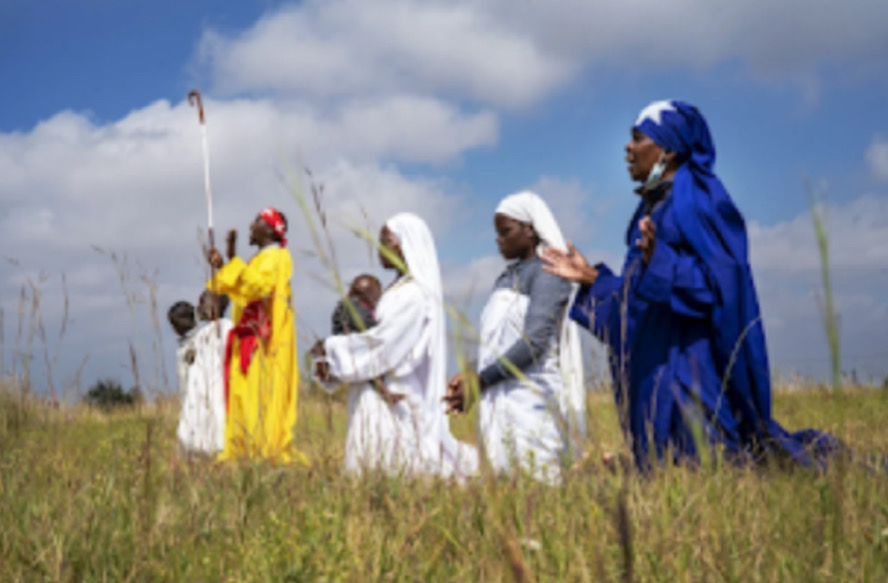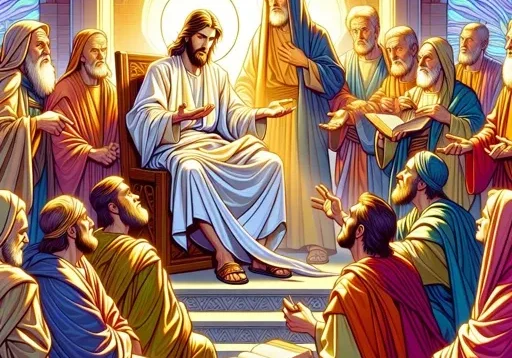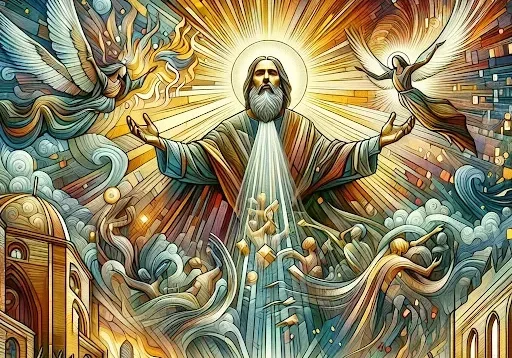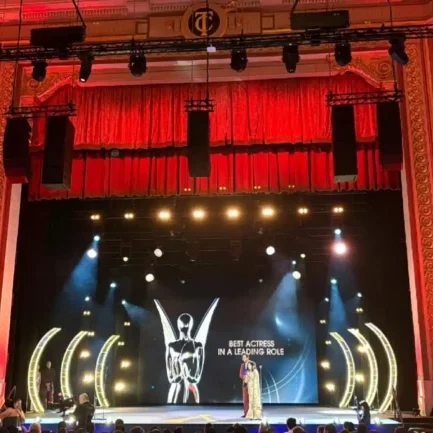Celebrating Holy Week the African Way

SHARE
Across Africa, the days leading up to Easter are filled with powerful expressions of faith in the Lord, cultural richness, and communal celebration. This sacred period—commemorating the passion, death, and resurrection of Jesus Christ—is embraced by millions who blend traditional Christian practices with unique local customs.
From solemn processions to joyful musical gatherings, the week reflects both deep spirituality and the vibrant cultural tapestry of the African continent.
Embed from Getty ImagesThe journey begins on Palm Sunday, with churches filled to capacity. Worshippers wave palm branches, echoing Jesus’ entry into Jerusalem. In some rural communities, believers reenact the scene with processions through village paths, donkeys included.
The air is alive with song, the beat of drums, and dancing feet—signaling the beginning of the most sacred week in the Christian calendar.
From Maundy Thursday to Holy Saturday, African congregations hold daily services, many of them open-air. These services are immersive, often including dramatized readings of Scripture, worship songs in native tongues, and passionate sermons.
In Mozambique, as described by missionaries, congregations gather under makeshift bamboo shelters or wide trees, reading from the Gospels by candlelight. Even when power fails, worship continues with steadfast reverence.
Embed from Getty ImagesGood Friday carries a deep sense of mourning. Churches are adorned in black, and worshippers dress in somber colors to reflect the crucifixion. Extended services often feature multiple speakers recounting each phase of Christ’s suffering.
In some churches, young children recite Scripture with confidence, while choirs fill the space with sorrowful hymns. The day ends quietly, with reflection and prayer—a time to remember the ultimate sacrifice.
Come Easter Sunday, the somber tone lifts to one of rejoicing. White garments dominate the scene, symbolizing resurrection and purity. In Zambia and Kenya, Easter morning is greeted with sunrise services held outdoors, where communities sing as the sun rises.
In Nigeria, services stretch for hours, filled with praise, dance, and testimonies. It is common to see colorful traditional attire in addition to the whites, showcasing both cultural pride and spiritual joy.
But Holy Week is not only about church—it’s a celebration of togetherness. Many Africans return to their home villages, taking advantage of the long weekend to spend time with loved ones.
Families cook traditional meals such as fufu with stew, jollof rice, or maize porridge with meat and vegetables. After worship, congregants share these meals in community feasts that can last well into the evening.
Acts of generosity are also central to the African Easter. In countries like Ghana and South Africa, believers donate food, clothes, or Easter treats to orphans, widows, and the needy. While Easter eggs and chocolate are increasingly popular in cities, the spirit of giving remains rooted in compassion rather than commerce.
In coastal nations, the beach becomes a gathering spot after Sunday services. The celebration spills over from the sanctuary to the sand, where families enjoy the sea breeze, play music, and share drinks like maize-based beverages or local fruit punches.
Embed from Getty ImagesIn Africa, Holy Week is not just remembered—it’s lived. Through rhythm, color, prayer, and fellowship, the passion and resurrection of Christ take on a deeply local resonance that strengthens both faith and community.
*Cover Photo/Thumbnail Photo from staugustine.com
RELATED ARTICLES

Ending Antisemitism

Why a 40-Year Delay Before Israel Entered the Promised Land?

How Can Christians Fight Backsliding Into Addictions and Worldly Living?

Angel Studios’ Worldwide Debut of ‘The Lord’s Prayer’ Film.








